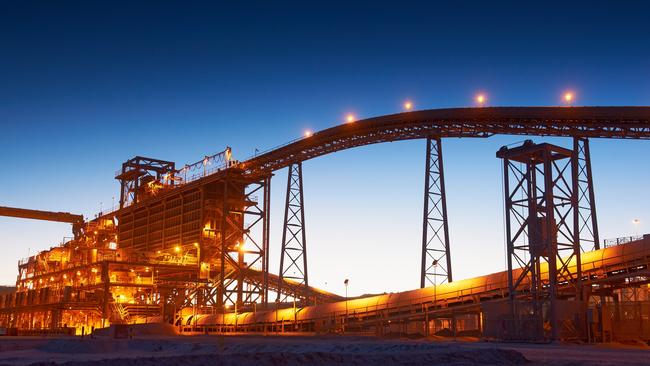
Behind the scenes BHP is saying it received plenty of praise from major shareholders for sticking to its guns in the Anglo deal, and refusing to budge on price or structure after hitting its self-imposed limits on value for its own shareholders.
That, if nothing else, should be enough to convince any remaining doubters that the bad old days of top-of-the market disasters – such as BHP’s disastrous foray into US shale gas production – are truly a thing of the past.
Anglo was a relatively easy target for BHP to sell to its own shareholder base.
Anglo’s copper assets are almost universally admired and sit in relatively stable South American mining jurisdictions. Local investors are more than familiar with Anglo’s Bowen Basin coal assets and, although BHP is now at pains to say its demands for South African divestments were unrelated to the difficulty of doing business in the country, it would be a rare BHP shareholder that would welcome a major return to the country.
BHP’s business development teams will now be undergoing a reset, with the move of former chief development officer Johann van Jaarsfeld into the company’s chief technical officer position, to be replaced by Catherine Raw.
But now the Anglo opportunity is passed the options won’t be quite as easy for any future

BHP forays into the merger and acquisition market.
Shaking loose individual copper assets of the scale wanted by BHP won’t be easy, and other major producers of BHP’s preferred “future-facing minerals” – copper, other base metals and potash – pose other difficulties for on-market plays.
Majors such as US-listed Southern Copper or Antofagasta have tight registers dominated by family interests, major Chinese producers that dominate in Africa are obviously not for sale, and others such as Saudi Arabia’s Ma’aden are also held by majority state-owned interests. Which leaves few readily understood Western-listed companies – such as First Quantum Minerals – as genuine options.
BHP’s successful bid for OZ Minerals in 2023 may have been the best of the on-market M&A for BHP in the near term – which a generation of bankers may mourn, but BHP boss Mike Henry appears to be sanguine about.
Henry has done a sterling job cleaning up BHP’s own structure to allow its all-scrip bid for Anglo.
But if growth through acquisition looks more difficult in Anglo’s absence, the onus is now firmly back on the BHP boss to outline a clear path to growth for BHP’s next few decades.
The days when iron ore could drive BHP’s earnings are beginning to come to a close and, for all of BHP’s boasts of being the biggest copper player in the world, that won’t be enough to replace the Pilbara’s rivers of cash.
BHP says it has the foundations of a business that can thrive as the world decarbonises its electricity grids, but I suspect the market still needs a bit of convincing that is truly the case.






The tragedy for BHP boss Mike Henry is that the company’s decision to walk away from Anglo American may have finally convinced the market the company can be trusted not to pay too much for assets – at a time there aren’t many left around to buy anyway.